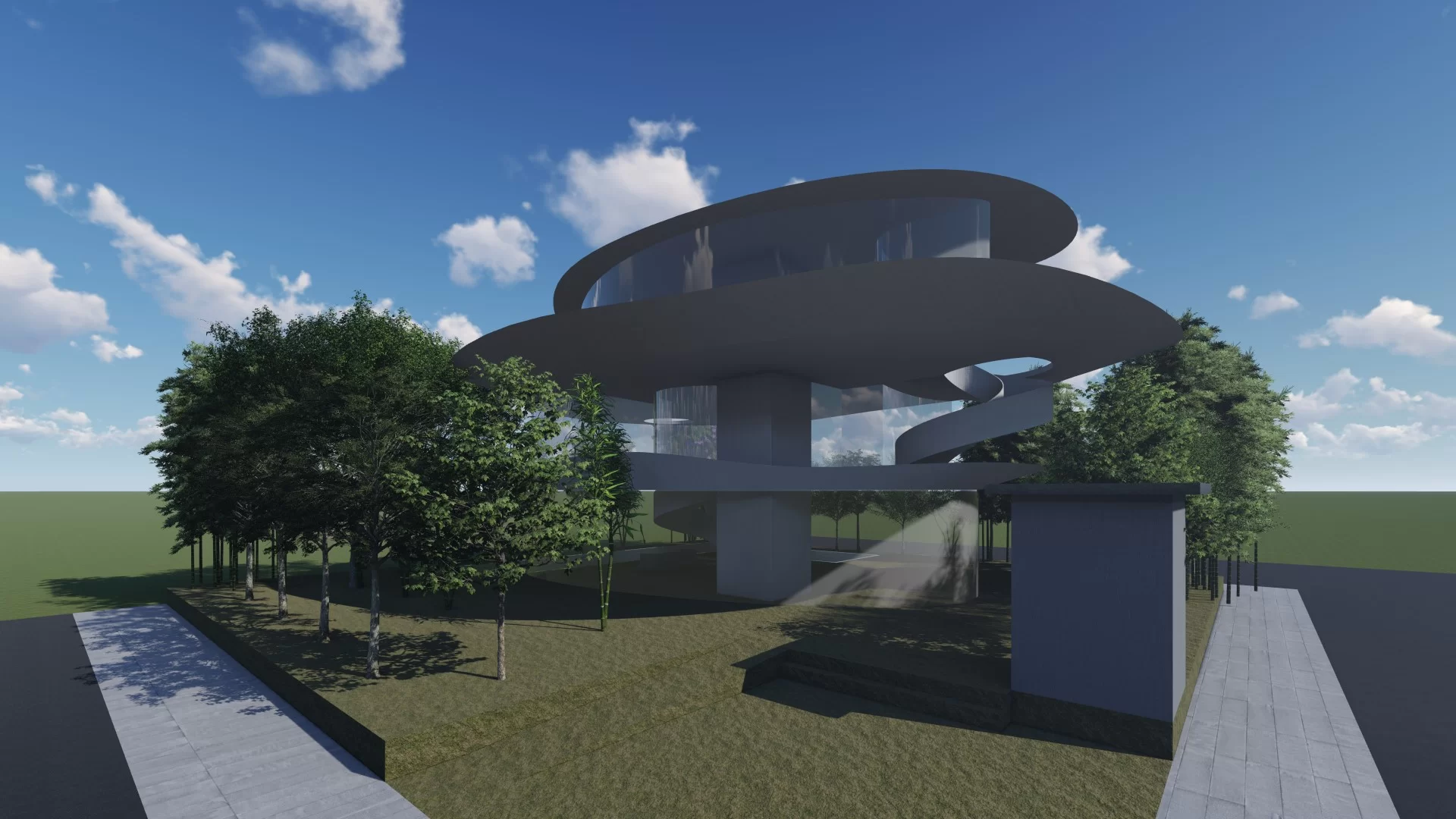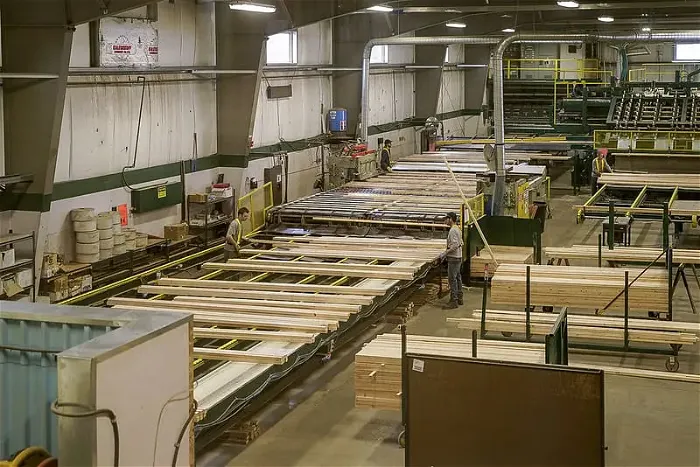Sustainable building materials are becoming increasingly more popular due to their low environmental impact and low carbon emissions.
These materials are designed to conserve natural resources, reduce waste, and reduce energy consumption.
One of the things that often comes up when discussing the future of construction is sustainability.
While the construction sector is one of the largest contributors to greenhouse gas (GHG) emissions,
Occupied buildings are responsible for approximately 40% of global greenhouse gas emissions.

The supply and manufacture of building materials also contribute significantly to climate change, according to a UNEP report:
It was stated that about 40-50% of the total flow of raw materials in the global economy is used in the manufacture of building products and components,
This adds significant amounts of energy and greenhouse gas emissions to the life cycle impact of buildings.
In addition, concerns regarding the scarcity of mineral resources, especially water,
provide additional urgency to broaden the narrow focus on building energy use and associated greenhouse gas emissions.
It is clear that the construction industry must do better to protect the environment.
Ultimately, this is the only planet we can live on, so promoting sustainability will serve us and future generations.

Construction pros
Building Pros is already taking steps in the right direction.
Construction workers are now exploring sustainable building materials to replace things like concrete, which is a major source of emissions.
In this article, we have collected the latest sustainable materials in construction:

Bendable concrete
Bendable concrete, also known as engineered cementitious composite (ECC), is a type of concrete that can withstand bending.
Unlike traditional concrete, which is brittle and can easily crack or break, bendable concrete is five hundred times more resistant to cracking and more effective at absorbing shocks.
This is because ECC contains small polymer-derived fibers that increase the ductility of the material.
While bendable concrete is composed of the same components as its traditional counterpart, it is these fibers that make ECC more flexible and durable.
Bendable concrete is also more sustainable.
They can also be infused with carbon dioxide, strengthening concrete while using less cement and reducing carbon emissions.
While ECC’s ductility also reduces the financial and environmental costs of buildings.
Unlike traditional concrete, which breaks easily and usually requires repairs, bendable concrete can withstand greater amounts of stress.
This means it doesn’t need to be maintained or repaired as much, so builders spend less time, resources and carbon output when using it.
Bendable concrete has been around for decades and has proven to be durable and effective.
For example, the ECC joint plate that was used to replace a conventional expansion joint on the Michigan Bridge deck has continued to operate for more than 10 years without maintenance or repairs.

Timber Blocks
Wood products are manufactured in large quantities by mechanically joining different types of softwood to form large prefabricated wood components.
It can come in several forms, including cross-laminated lumber (CLT), cross-laminated lumber (LSL), veneer laminated lumber (LVL), nail-laminated lumber (NLT), and glue-laminated lumber (GLT).
Mass timber has been gaining traction in the United States, and builders are increasingly using it for things like decks, floors, beams, columns, and more.
In terms of sustainability, timber mass acts as a practical alternative to traditional building materials such as steel and concrete, which have a higher carbon footprint.
Using timber in large quantities instead of traditional building materials can significantly reduce emissions.
Furthermore, buildings made from timber can be constructed faster and with less waste, reducing the environmental impact of projects.
Recycled materials
Reusing and recycling materials has always been a fundamental tenet of sustainability.
Construction professionals can apply these green principles by choosing to use salvaged materials in their projects.
Doing so gives building materials a second life and helps keep waste out of landfills.
In some cases, purchasing recycled materials can also reduce costs and improve the aesthetic appearance and functionality of a building.

Bamboo
Bamboo is an ideal renewable building material that has been used for centuries.
It is also a fast-growing herb and can reach maturity in just three to five years.
Bamboo is also lightweight, strong and flexible, and therefore ideal for building structures and furnishings.
Mycelium
Mycelium is the plant structure of mushrooms, and when dried it becomes extremely durable and resistant to rot, water and fire.
Like bamboo, mycelium is organic and biodegradable, so it leaves little waste and has no negative impact on the environment.
When combined with materials such as wood, sawdust, and demolition waste,
Mycelium can be formed into bricks used in the construction of buildings and their parts.
Recycled glass
Recycled glass is produced from old bottles and jars, and is a great choice for flooring,
countertops, and other building applications due to its durability and low environmental impact.
Aerated concrete
Aerated concrete is a lightweight building material that is made by adding air to concrete.
It is an excellent insulator and fire resistant, and is generally used in building structures.
More on INJ Architects:
